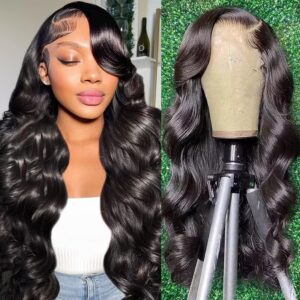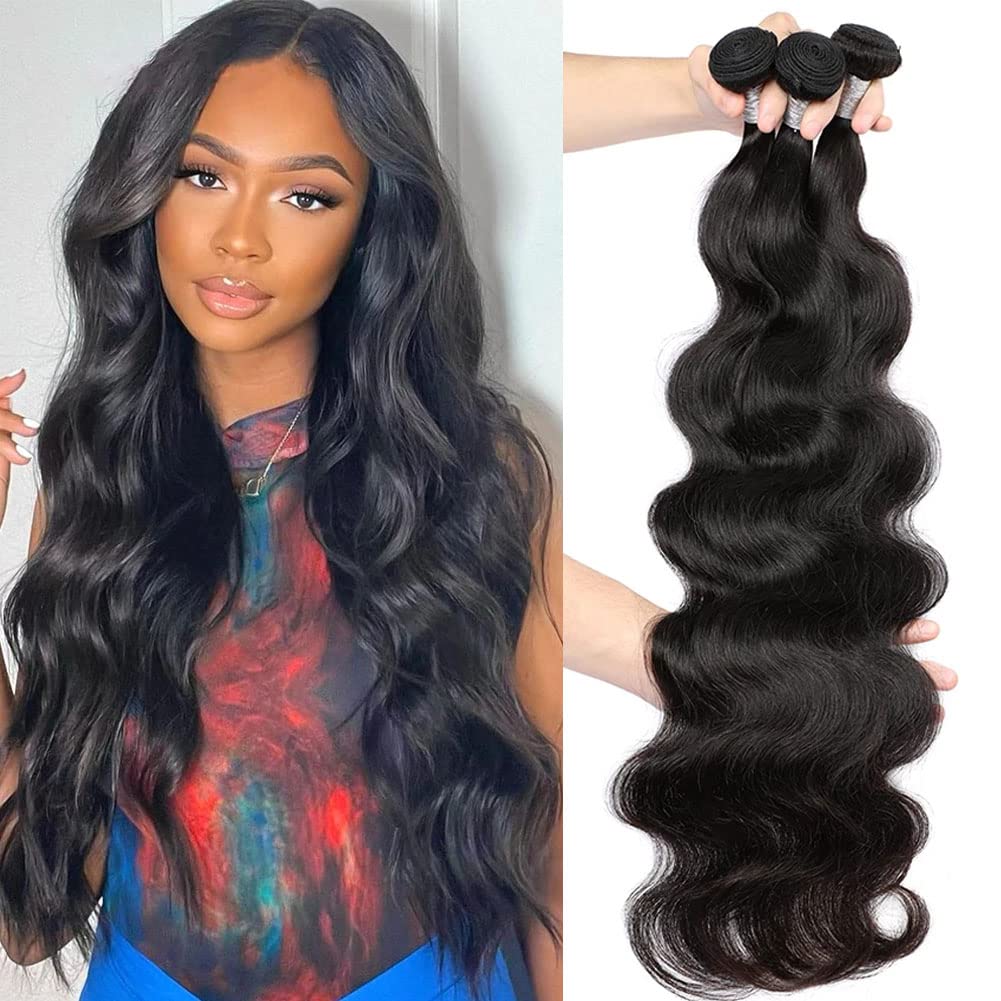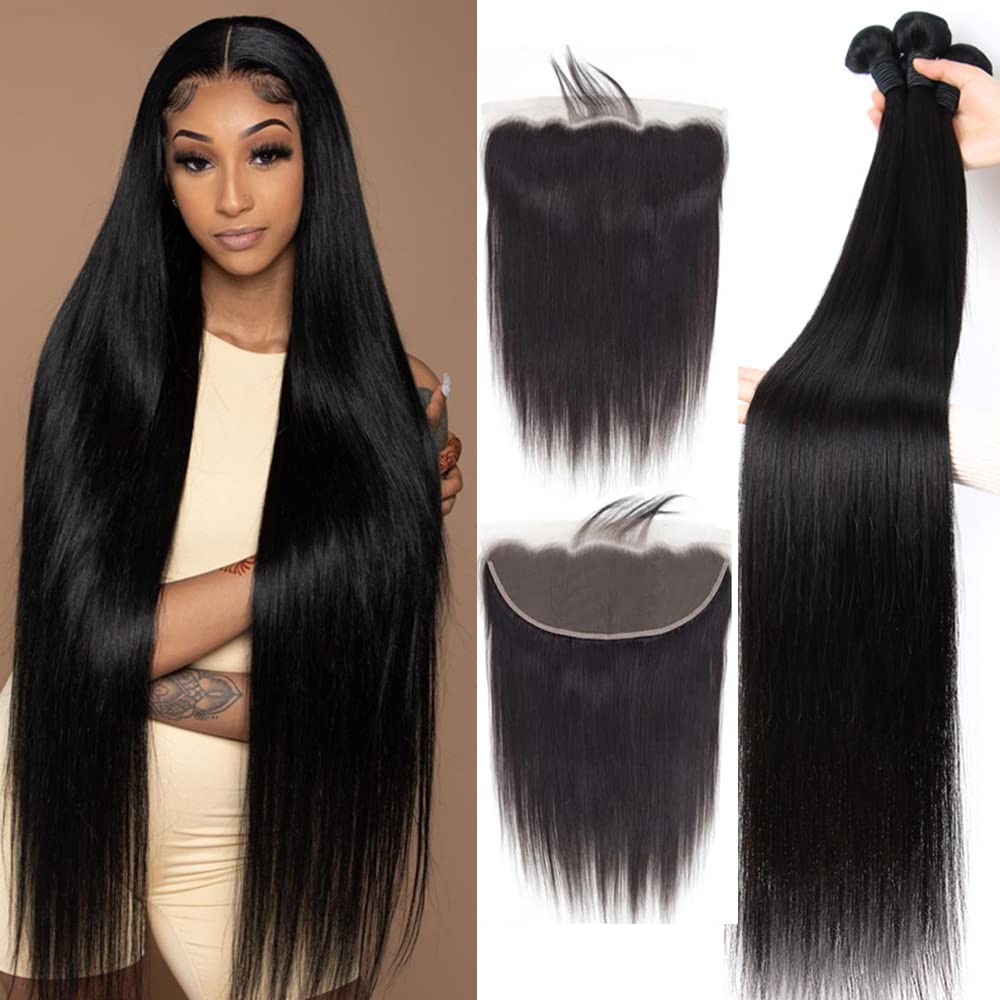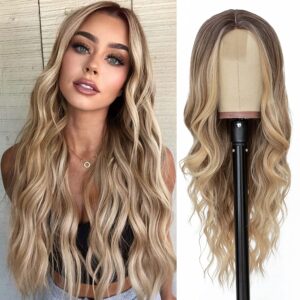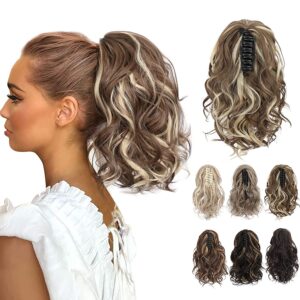Wearing a wig is a fantastic way to experiment with different looks and express your style. However, the frustration of a wig quickly losing its luster or showing signs of damage is a common concern for many. Understanding the potential reasons behind this issue is key to preserving the longevity and quality of your wig.
1. Lack of Proper Care and Maintenance
One of the primary contributors to the accelerated deterioration of wigs is a persistent lack of adequate care and maintenance. Comparable to the care required by natural hair, wigs demand attention and delicate handling to ensure their longevity and continued appeal. When the essential steps of regular brushing, washing, and conditioning are neglected, the repercussions can manifest in various forms such as tangling, matting, and an overall decline in the wig’s aesthetic quality.

It is imperative for wig owners to recognize that the key to a prolonged and satisfying wig-wearing experience lies in the establishment of a consistent care routine. This routine should encompass meticulous attention to detail, utilizing wig-friendly products, and approaching the detangling process with a gentle touch. By prioritizing these aspects of care, individuals can significantly augment the lifespan of their wigs, preserving their original beauty and ensuring a continued positive experience.
2. Excessive Heat Styling
The potential for irreparable damage looms when wigs, despite being heat-resistant, are subjected to excessive heat styling. The high temperatures generated by styling tools can have detrimental effects, ranging from unsightly frizz to the parching of fibers, and in the case of synthetic wigs, even melting. To safeguard the integrity of the wig, it is advisable to opt for heat-free styling methods whenever possible. This approach not only minimizes the risk of damage but also allows wig wearers to explore creative styling alternatives without exposing their precious accessories to unnecessary thermal stress.

In situations where heat styling becomes unavoidable, exercising caution is paramount. Always adhere to low to moderate temperatures on styling tools, ensuring they remain within the wig’s recommended heat tolerance. Additionally, employing a heat-resistant spray serves as a protective shield, mitigating the potential damage caused by heat exposure. This protective measure acts as a barrier between the wig fibers and the styling tool, helping to preserve the wig’s texture and appearance. By following these guidelines, individuals can enjoy the flexibility of heat styling without compromising the longevity and overall quality of their wigs.
3. Incompatible Haircare Products
Using inappropriate haircare products, particularly those formulated for natural hair, can inflict significant damage on your wig. Harsh shampoos, conditioners, or styling products intended for natural hair may contain chemicals and ingredients unsuitable for wig fibers. The consequences of using such products can be severe, as they strip the wig of its essential moisture. This loss of moisture can manifest in various issues, including dryness, frizz, and an overall lackluster appearance. It is crucial to recognize that wigs, whether synthetic or human hair, require specialized care to maintain their optimal condition and appearance. Employing the wrong products not only jeopardizes their aesthetic appeal but may also contribute to a shorter lifespan for the wig.

To mitigate the risk of damage and preserve the quality of your wig, it is imperative to invest in haircare products explicitly designed for wigs. Wig-specific products are formulated to be gentle on wig fibers while providing the necessary nourishment. Whether your wig is synthetic or made from human hair, using products tailored to its unique composition ensures proper care and maintenance. These specialized products cater to the specific needs of wigs, helping to retain moisture, prevent frizz, and enhance the overall longevity of the wig. By choosing wig-friendly products, individuals can uphold the integrity of their wigs, ensuring they remain vibrant, manageable, and in excellent condition.
4. Improper Storage
The way you store your wig plays a crucial role in determining its overall lifespan. Indiscriminate storage practices, such as tossing it aside or leaving it in direct sunlight, can result in adverse effects on the wig’s condition. Tangling, fading, and deformation are common issues that arise when proper storage measures are neglected. To safeguard the shape of your wig, consider investing in a wig stand or a mannequin head. This not only helps in maintaining the wig’s intended form but also facilitates convenient styling when needed. When the wig is not in use, opt for storage in a cool and dark place, minimizing exposure to sunlight and environmental factors that could compromise its quality over time.
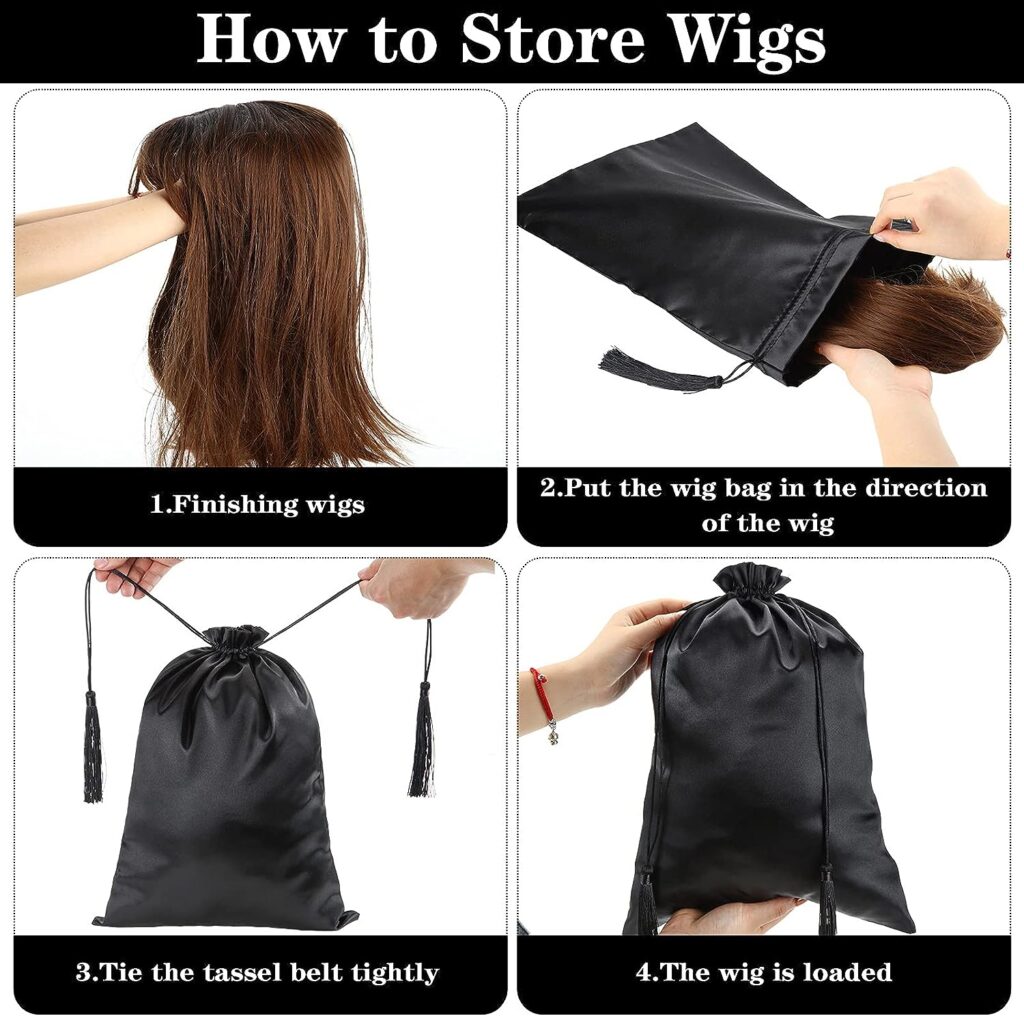
Furthermore, it is essential to be mindful of the space in which you store your wigs. Avoid overcrowding your wig collection, as proximity between wigs can result in friction, leading to damage and wear. Each wig should have adequate space to prevent unnecessary rubbing against others in the collection. This precautionary measure helps preserve the individual integrity of each wig, preventing tangling and potential deformities. By incorporating proper storage practices, individuals can significantly contribute to the longevity of their wigs, ensuring that they remain in optimal condition and ready for use whenever the occasion arises.
5. Environmental Factors
Environmental factors wield considerable influence over the health and longevity of your wig. Harsh weather conditions, pollutants, and exposure to elements like chlorine or saltwater can inflict damage that compromises the wig’s integrity. To shield your wig from the adverse effects of extreme weather, consider incorporating protective measures such as wearing a scarf or hat. These accessories act as barriers, shielding the wig from direct exposure to harsh elements and preventing potential damage. When confronted with scenarios involving swimming or exposure to chemicals, it is crucial to exercise caution. Without proper precautions, these activities can have detrimental effects on the wig.

Taking proactive steps to protect your wig includes avoiding swimming or chemical exposure without implementing safeguarding measures. If such exposure occurs, promptly clean and condition the wig to mitigate the impact of environmental stressors. Regular maintenance in the form of cleaning and conditioning is essential in counteracting the effects of pollutants and other environmental elements. By adopting these protective practices, individuals can significantly enhance the resilience of their wigs, ensuring they remain vibrant and healthy despite exposure to external factors. Prioritizing these precautions not only safeguards the aesthetic appeal of the wig but also contributes to the overall health and longevity of this cherished accessory.
Remedies for Wig Longevity
Establish a Care Routine
The foundation of maintaining a healthy and vibrant wig lies in the establishment of a consistent care routine. This routine should encompass gentle brushing to prevent tangling, regular washing to remove accumulated dirt and oils, and conditioning to keep the wig’s fibers nourished and manageable. A systematic approach to care ensures that the wig not only looks its best but also retains its original texture and appearance over time. By incorporating these fundamental steps into a regular routine, wig owners contribute significantly to the overall health and longevity of their cherished accessories.
.jpg)
Avoid Excessive Heat
Heat styling tools, while versatile, can pose a risk to the integrity of wigs if used excessively or at high temperatures. It is advisable to use heat styling tools sparingly and always with caution. Opting for heat-free styling methods whenever possible further minimizes the potential for damage. When heat styling is necessary, always adhere to low to moderate temperatures to protect the wig’s fibers. Additionally, using a heat-resistant spray acts as a protective barrier, mitigating the impact of heat exposure. By exercising caution with heat styling and incorporating heat-free alternatives, individuals can strike a balance between styling versatility and preserving the health of their wigs.
Invest in Wig-Specific Products
Selecting the right haircare products is pivotal in maintaining the unique characteristics of wigs, whether synthetic or human hair. Invest in wig-specific shampoos, conditioners, and styling products that are formulated to cater to the specific needs of wig fibers. These products are designed to be gentle, nourishing, and compatible with the composition of wigs, ensuring that they receive optimal care. By using products explicitly created for wig maintenance, individuals enhance the overall health and appearance of their wigs while avoiding potential damage caused by harsh or incompatible ingredients.

Proper Storage
The manner in which a wig is stored significantly influences its overall lifespan and condition. To prevent tangling, deformation, and other storage-related issues, consider investing in a wig stand or mannequin head. Storing the wig in a cool, dark place, away from direct sunlight and extreme temperatures, safeguards it from environmental stressors. This not only helps maintain the wig’s intended shape but also facilitates easy access for styling and ensures it remains in optimal condition when not in use. Proper storage practices are instrumental in preserving the aesthetic appeal and structure of the wig.
Protect from Environmental Elements
Environmental elements, such as harsh weather conditions, pollutants, and exposure to chemicals, can pose significant threats to the health of a wig. To shield the wig from these potential hazards, take precautionary measures such as wearing a scarf or hat in extreme weather. When engaging in activities like swimming or encountering chemical exposure, ensure the wig is adequately protected. Promptly clean and condition the wig after exposure to environmental stressors to mitigate any potential damage. By being proactive in protecting the wig from external factors, individuals contribute to its longevity and sustained vibrancy. These protective measures are crucial in ensuring that the wig remains resilient against the challenges posed by diverse environmental elements.
By addressing these common causes and implementing proper care practices, you can ensure that your wig retains its beauty and lasts for an extended period, allowing you to enjoy a flawless and stylish look with each wear.

